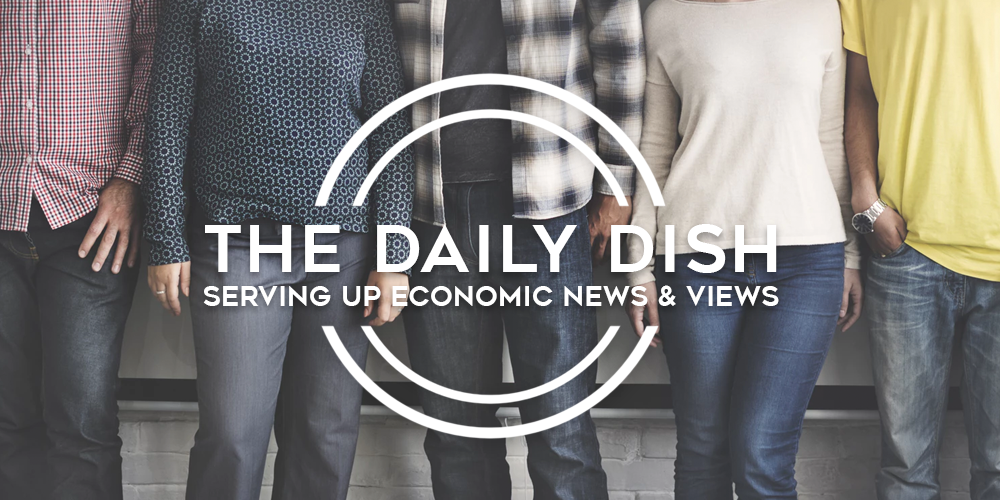
Employer-sponsored insurance (ESI) is the most common source of health insurance in the United States, covering around 156 million Americans in 2021. But ESI is different things to different people. To real, average Americans (not that Eakinomics knows any…), ESI is an accepted part of the health and labor market landscape and a desirable employment benefit. (“Does this job come with health care?”) To health policy nerdniks, ESI is a historical accident – employers avoided World War II wage-price controls by giving workers health insurance – and a system that nobody would choose if they could start from scratch. To budget policy Nerdniks (budget policy > health policy, so Nerdniks > nerdniks), ESI is an ever-growing, regressive subsidy program: Unlike cash wages, ESI is not subject to tax, so the subsidy grows over time and is bigger for those with higher tax rates.
But the most important thing is that ESI enrollees highly value this coverage: According to a March 2021 survey from America’s Health Insurance Plans, more than two-thirds of ESI enrollees are satisfied with their current coverage. (These and other ESI fun facts can be found in the new AAF insight by Casey Mulligan.) This continued popularity explains why ESI persists despite proposed reforms from both the right (Eakinomics took a shot in 2008) and left.
Why is it so persistently popular? It is nearly tautological to say that it is popular because Americans value it highly, but they do. Mulligan estimates that employees place a value on ESI that is somewhere in the vicinity of 80 percent higher than the cost of acquiring the insurance itself. Put differently, there is an aggregate, annual private ESI “surplus” of roughly $800 billion.
From a policy perspective, ESI has always carried a cost: the tax subsidy from the non-taxation of employer insurance. But it turns out that there are some entries on the positive side of the ledger: ESI encourages work and business formation, and its existence reduces the demand for other subsidized insurance programs (e.g., the Affordable Care Act individual marketplaces). Mulligan puts the net of these at $600 billion or more.
Adding together the private surplus and the social surplus yields around $1.5 trillion annually in overall value beyond what workers, employers, and taxpayers pay for it. This is nearly $10,000 per insured individual. It is important food for thought the next time someone tries to sell you a serving of Medicare for All or some other radical redesign of the financing of U.S. health insurance.
from WordPress https://ift.tt/Yxjag18
via IFTTT







No comments:
Post a Comment